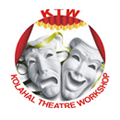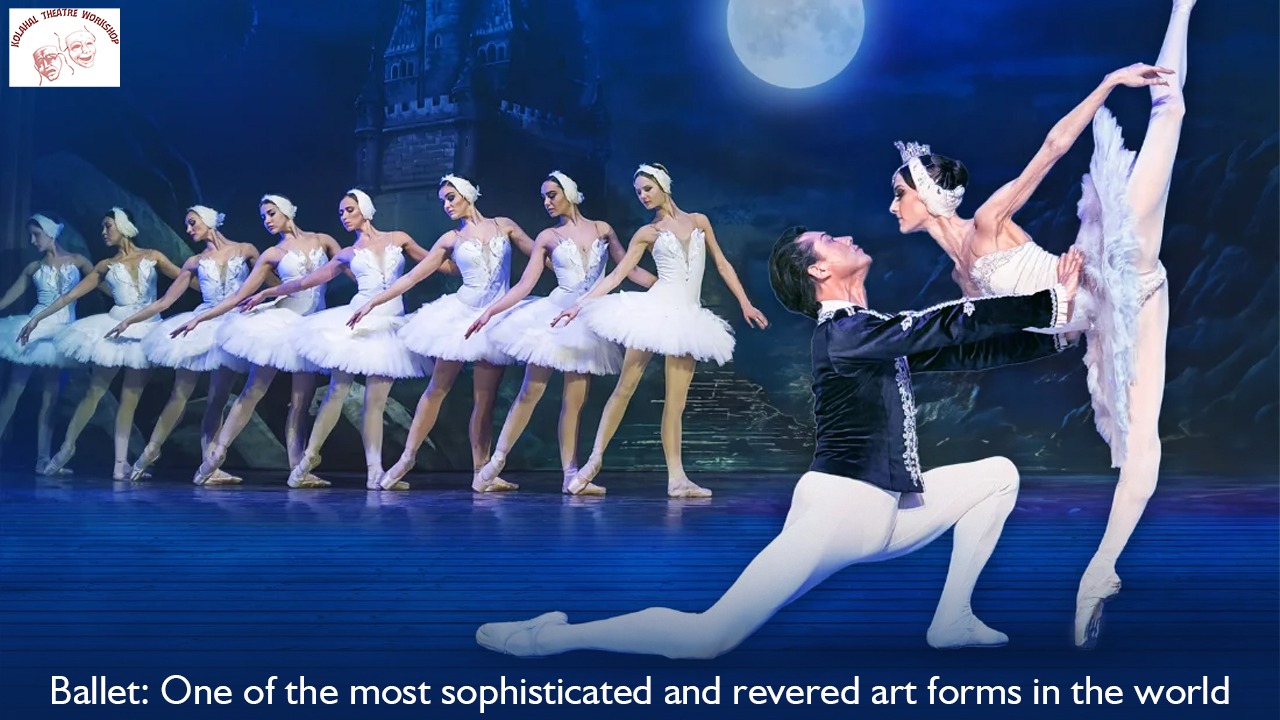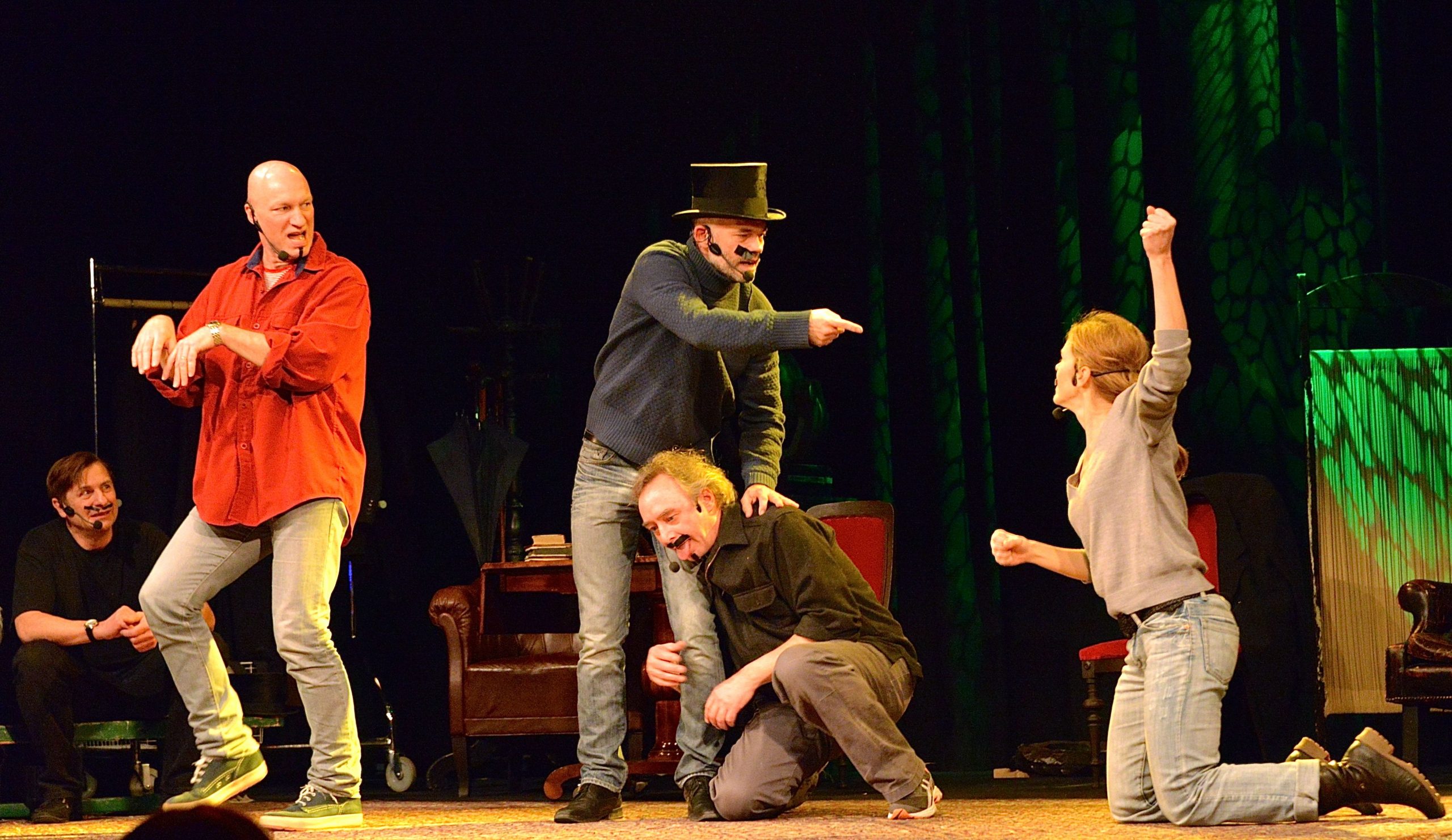Power of Body Language in Physical Theatre
Introduction
The power of body language in physical theatre has a great impact on artists in everyday life. In the realm of performing arts, one cannot underestimate the profound impact of body language, especially within the captivating world of physical theatre. Unlike conventional forms of communication, physical theatre relies on the eloquence of movement, gestures, and expressions to convey narratives and evoke emotions.
Unveiling the Art of Physical Expression:
Beyond Words: The Silent Conversation
Physical theatre transcends the limitations of language, engaging audiences in a silent conversation that speaks volumes. Through carefully choreographed movements, performers communicate with a universal language that is understood across cultural and linguistic boundaries.
Embodying Emotions: The Language of Feelings
The human body is a reservoir of emotions, and physical theatre harnesses this expressive potential to narrate stories rich in sentiment. Every twist, turn, and gesture serves as a brushstroke on the canvas of emotion, creating a visceral and immersive experience for both performers and spectators.
Narrative in Motion: Storytelling Beyond Words
Physical theatre is a dynamic storytelling medium that relies on the kinetic energy of the body. Performers weave intricate narratives through their movements, inviting the audience on a journey where the plot unfolds not through dialogue, but through the eloquence of the body’s expressions.
The Power of Presence: Connecting with the Audience
In physical theatre, the performer’s presence is palpable. The authenticity and immediacy of the physical performance create a unique bond between the audience and the stage. The energy generated through body language draws viewers into the narrative, fostering a sense of connection and shared experience.
Visual Poetry: The Aesthetics of Movement
Accordingly, physical theatre is also a visual feast, with movement serving as a poetic expression of beauty and grace. Not only the choreography becomes a dance of aesthetics but also transforms the stage into a canvas where the human body paints emotions, stories, and concepts with an unparalleled elegance.
Conclusion:
In conclusion, the power of body language in physical theatre is a testament to the profound impact of non-verbal communication. However, through the artful manipulation of the body, performers breathe life into narratives. It creates a sensory experience that transcends the boundaries of language. As we continue to explore the realms of expressive bodies on stage, physical theatre is not merely a performance; it is a celebration of the universal language written in the poetry of movement.
https://www.backstage.com/magazine/article/body-language-acting-advice-76420/





[…] https://kolahal.org/2023/12/15/power-of-body-language-in-physical-theatre/ […]
[…] https://kolahal.org/2023/12/15/power-of-body-language-in-physical-theatre/ […]